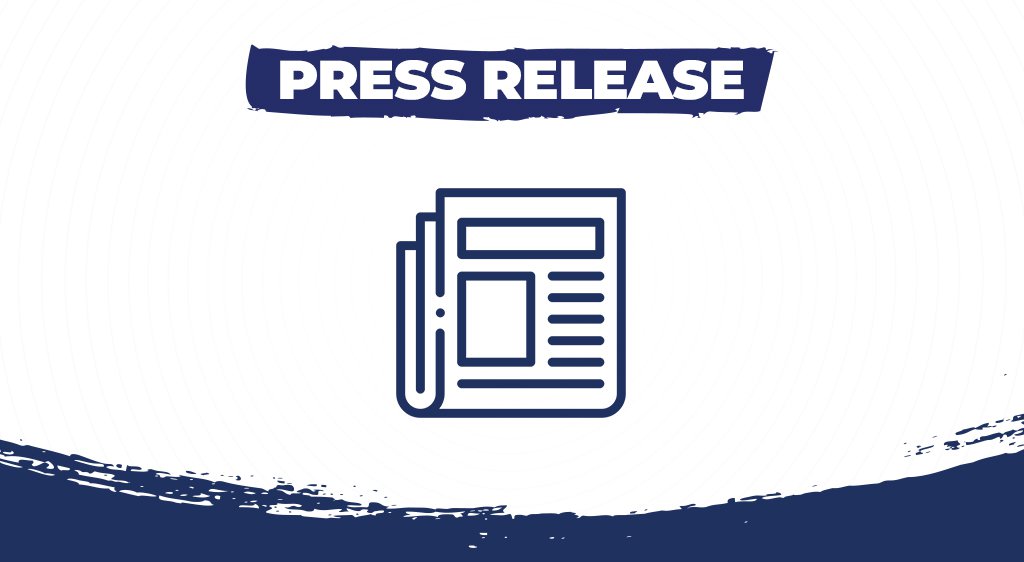During the first nine months of the FY2021/22, the Bahamian economy signaled a strong rebound despite the emergence of the COVID-19 Omicron variant, the global supply chain shortages, and increased inflationary pressures resulting from the war in Ukraine. With the expiration of emergency orders in November 2021 and the subsequent full reopening of the Bahamian economy, macroeconomic indicators signaled a rebounding to pre-pandemic levels.
During the month of March 2022, fiscal data indicated that revenues increased by $89.7 million to $287.2 million compared to the prior month. This improved performance was largely attributed to an increase in revenue collection from taxes on property ($25.8 million) and other non-tax revenues ($30.9 million). Compared to the previous year, March 2022 revenues grew by $51.2 million, driven by increased collections of $25.5 million in VAT and $12.1 million in international trade and transaction taxes. Expenditures widened by $64.4 million to $294.9 million relative to the prior month; primarily driven by increased outlays for the use of goods and services ($26.4 million) and subsidies ($14.9 million). Year-over-year, expenditures rose by $44.2 million due to additional disbursements of $17.9 million for the use of goods and services and $34.2 million for other payments. As a result of these factors, the net deficit for March 2022 was $7.8 million, a decreased of $7.0 million year-over-year. To support operations, Central Government’s net debt widened during the month by $170.3 million.
Revenue collections during the first nine months settled at $1,847.3 million, representing an increase of $617.6 million over the same period in the prior year. Notable advances were seen in value added tax ($366.3 million) and departure taxes ($42.8 million). Recurrent expenditure totaled $2,021.5 million, widening by $80.7 million primarily due to increased outlays for public debt interest payments ($69.7 million) and compensation of employees ($24.4 million). Capital expenditure contracted by $7.8 million to $160.1 million; largely driven by a $9.3 million decrease in capital transfers. The net result was a deficit of $334.3 million, a $544.8 million decrease period-over period.
The central Government’s debt stock aggregated $10,532.4 million at end-March 2022, for respective gains of $214.5 million from end-December 2021 and $1,005.8 million from end-March 2021. The outstanding debt represented an estimated 87.5 percent of GDP at end-March 2022, compared with an estimated 92.1 percent at end-December 2021 and 103.4 percent at end-March 2021.
The debt stock of the public sector (i.e. central Government, Agencies and Government Business enterprises) aggregated an estimated $11,843.2 million at end-March 2022—a gain of $207.0 million over end-December 2021 and $940.1 million over end-March 2021.
The Ministry of Finance is committed to the Government’s mandate of full transparency and timely reporting. The public is encouraged to visit the national Budget Website (www.bahamasbudget.gov.bs) to view all fiscal and statistical reports.

